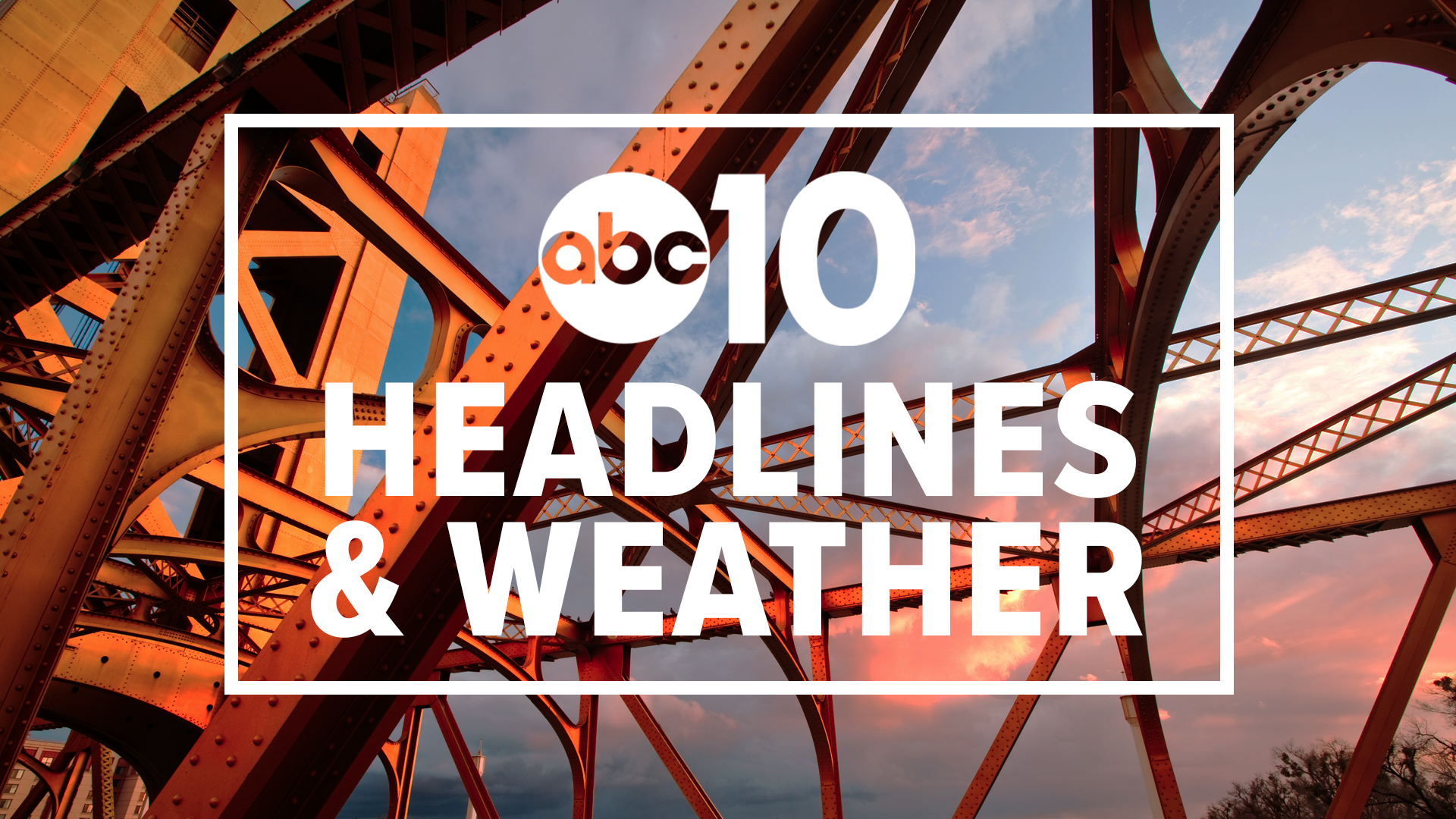SACRAMENTO, Calif. — California's governor on Wednesday signed a law that will take up to $130 million of state money each year that was supposed to clean up the air and instead use it to clean up drinking water.
Despite its status as the world's fifth largest economy, California has struggled to provide the basic service of clean tap water to more than 1 million of its residents. The problem is most acute in the Central Valley, the heart of the state's $20 billion agriculture industry, where large farms have polluted water sources for mostly rural communities.
The problem is so severe the state has a grant program to provide bottled water to some communities. As of June, the state was providing bottled water to about 18,000 Californians in 51 communities at a cost of about $4 million, said George Kostyrko of the State Water Resources Control Board. The state does not track the total number of bottles it hands out.
Californians who cannot participate in the program are faced with the choice of drinking dirty water that can include some known cancer-causing contaminants or purchase bottled water on their own. Most grocery stores in the Central Valley have water vending machines, usually consisting of garden hose run through a filter.
People fill up their own containers for about 50 cents per gallon (3.7 liters), according to Jennifer Clary, water program manager for Clean Water Action, an advocacy group.
She said there are "a lot of places to get your water. The only common denominator is it costs money that people don't necessarily have."
Shortly before signing the bill into law, Democratic Gov. Gavin Newsom spoke to some people in the city of Sanger in Fresno County who receive five 8-gallon (30 liter) jugs of water every two weeks through a grant program.
One woman speaking in Spanish told Newsom through an interpreter that she uses a jug of water for her son to take a shower, and that her son tries to save some of the water so she can bathe.
"Families shouldn't have to dump water over their heads to shower every day," Newsom said in a statement. "This funding is critically important to addressing California's long-standing safe drinking water issues."
California has grant programs that would fund infrastructure to deliver water to these rural communities, including a voter-approved $7.5 billion bond in 2014. But the state does not have a program to provide financing for cash-strapped water systems to operate that equipment, which can be a challenge for smaller systems lacking sufficient revenue.
Newsom proposed a tax on most residential water bills to fix this but the Democratic-controlled state legislature rejected that proposal. Instead, they authorized a plan to take up to $130 million a year over the next decade from a fund that was meant to help reduce greenhouse gas emissions.
That fund is part of the state's cap and trade program, which requires the states' biggest polluters — including oil refineries and farms — to buy credits that let them pollute. The program has generated more than $9.5 billion since its inception, and state officials are supposed to use that money to improve the environment.
The drinking water plan has alarmed some environmental groups, who worry it sets a precedent of the state using the cap and trade money for other purposes as the state struggles to meets its emission reduction goals.
"The gray lines which already existed just became grayer," Democratic state Sen. Bob Wieckowski, who voted against the plan, said in an interview last month.
But supporters, including bill author Democratic Sen. Bill Monning, said the spending is appropriate because climate change has impacted drinking water by accelerating the decline of groundwater basins and increasing naturally occurring environmental contaminants.
The law also requires the State Water Resources Control Board to develop a plan on how to spend the money, including identifying failing water systems that need the most help.

